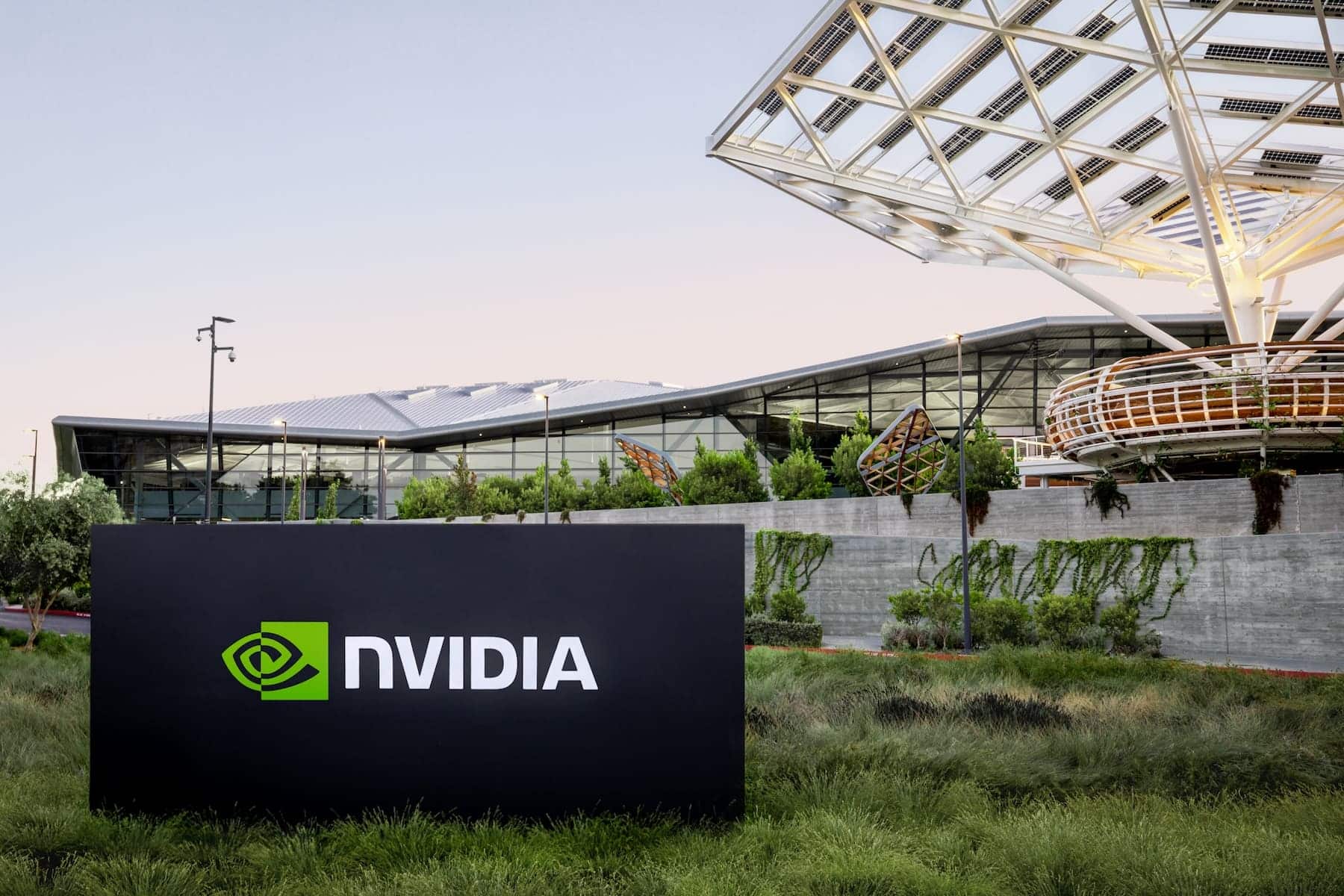Here’s the translation:
Foxconn’s new plant in Houston will be the first to assemble NVIDIA servers with humanoid robots trained to replace human tasks.
In a move that could mark a turning point in industrial automation, NVIDIA and Foxconn are in advanced talks to introduce humanoid robots into the assembly lines of artificial intelligence (AI) servers. According to sources cited by Reuters, both companies anticipate that this new generation of jointly developed robots will be operational in a new factory in Houston within the coming months.
The news has generated significant interest in the tech and manufacturing industries due to the symbolism of the project: for the first time, NVIDIA products will be manufactured by humanoid robots. Foxconn, one of the largest assemblers in the world—responsible for the production of devices for Apple, Dell, HP, Microsoft, Amazon, and Tesla—is making a technological leap that could redefine the labor paradigm in its plants.
AI Robots for Human Tasks
While no official images or exact numbers have been revealed yet, it is known that these humanoid robots will be trained to perform tasks such as picking up objects, connecting cables, and assembling components. If their effectiveness is confirmed, the replacement of human operators with these machines could quickly accelerate in other Foxconn facilities worldwide.
The Houston plant, designed with larger logistical spaces and adapted assembly lines, will serve as a testing ground for these robots, which are set to begin work in the first quarter of 2026, coinciding with the start of production of AI servers using NVIDIA GB300 chips.
A Future Without Human Operators: Inevitable?
Although the move may be controversial, the business rationale is clear. These robots can operate 24/7, significantly reducing operational costs and increasing productivity. This efficiency could represent a turning point for the tech industry, where timing and cost margins are critical.
The collaboration is not entirely new: Foxconn had previously explored the use of humanoid robots manufactured by the Chinese company UBTech, but the partnership with NVIDIA points to a more advanced and integrated model with AI computing.
What Does This Mean Compared to Other Developments?
The use of humanoid robots in industrial settings is not exclusive to Foxconn. Companies like Tesla have showcased similar prototypes, such as Optimus, their bipedal robot, though without large-scale implementation. Boston Dynamics, on the other hand, has focused its robots on logistical and inspection tasks rather than fine assembly processes. In contrast, the proposal from NVIDIA and Foxconn stands out as one of the first with a real and short-term impact on the production of high-value-added hardware.
For now, neither Foxconn nor NVIDIA has provided official comments. However, it seems that 2026 will be the year when humanoid robot-assisted manufacturing moves from theory to practice.
A Debate Beyond Technology
The question is not just technological but also ethical and social: what jobs will be replaced?, how will this affect the over a million workers who depend on Foxconn worldwide?, are we prepared for a humanless industry?
Regardless of the answers, it is clear that the Houston factory will mark a milestone. The era of robotized manufacturing with human appearances is no longer science fiction. It is the new present.

